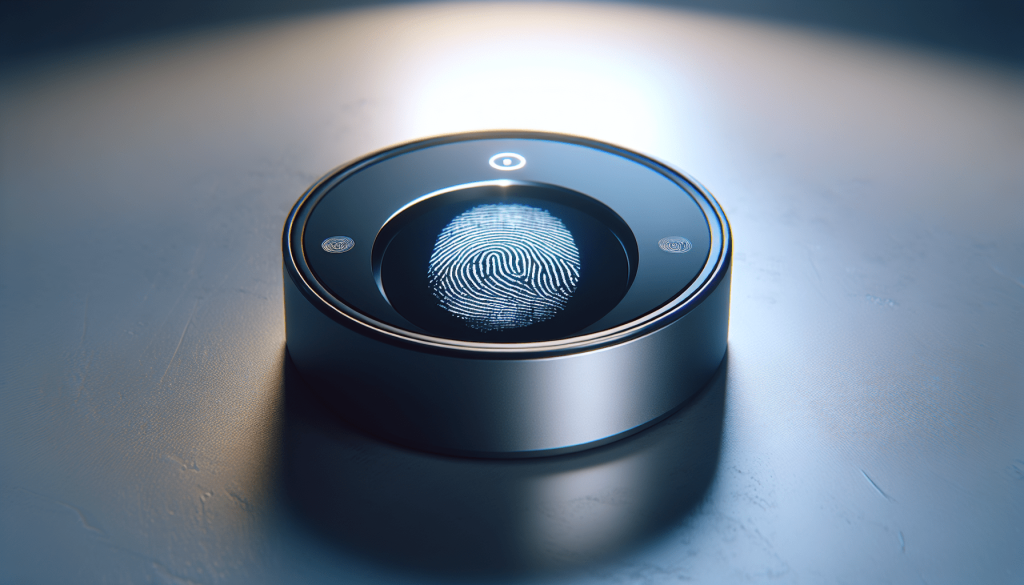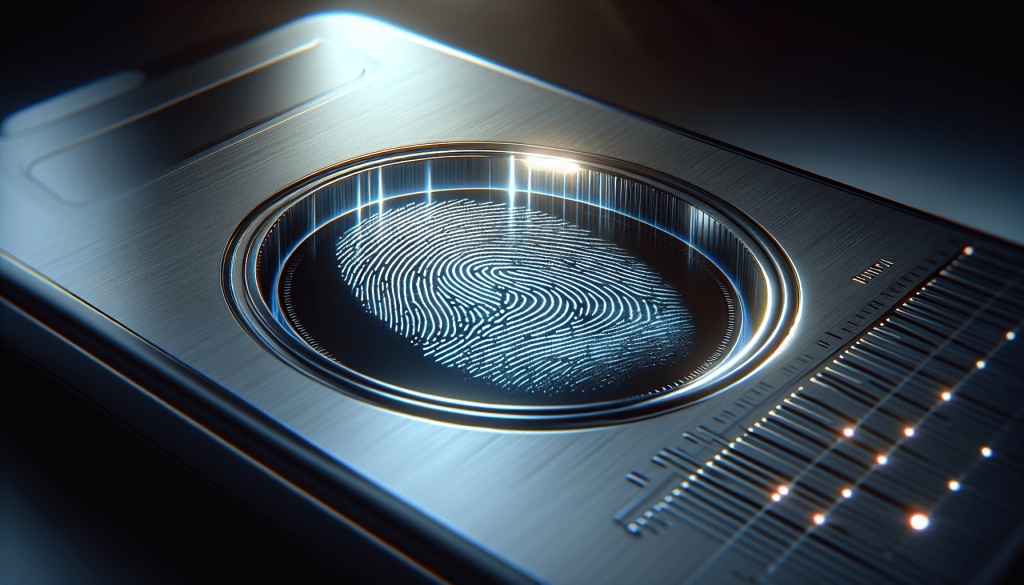Have you ever wondered which fingerprinting method provides faster results—ink fingerprinting or live scan fingerprinting? Understanding the efficiency of these methods can be crucial, especially when time is of the essence. Whether you are undergoing background checks for employment, licensing, or other purposes, knowing which option expedites the process most can save you precious time.

What is Ink Fingerprinting?
Ink fingerprinting is the traditional method of recording your fingerprints. This process involves rolling each finger onto an ink pad and then pressing it to a paper card to create an impression of your fingerprints. This method has been used for decades and is considered reliable despite its manual nature.
How Ink Fingerprinting Works
To create an ink fingerprint, technicians use a specialized ink pad designed to pick up the intricate details of your fingerprints. Each finger is carefully rolled from one side to the other to capture all unique ridges and patterns. After capturing the prints, the card is labeled with your identifying information and sent to the appropriate agency for analysis.
The Pros and Cons of Ink Fingerprinting
Pros:
- Proven Reliability: This method has stood the test of time and has a long history of accuracy.
- Simplicity: The process is straightforward and requires minimal technology.
Cons:
- Messy Process: Ink can smudge, which can result in unusable prints.
- Manual Submission: The physical prints must be mailed, adding time to the process.
- Human Error: Increased risk of error during the rolling of the fingerprint or during mailing.
What is Live Scan Fingerprinting?
Live scan fingerprinting is a digital method that captures your fingerprints electronically. This modern approach uses a scanner to capture fingerprint images directly and transmit them electronically to the relevant agencies.
How Live Scan Fingerprinting Works
A live scan device captures your fingerprints by having you press your fingers onto a glass plate. The device scans your fingerprints and converts them into a digital format. These digital prints are then electronically sent to the required agencies, often within minutes.
The Pros and Cons of Live Scan Fingerprinting
Pros:
- Speed: Digital submission speeds up the entire process.
- Clean Process: Avoids the messiness associated with ink.
- Accuracy: Reduces human error and provides clearer prints.
Cons:
- Cost: Generally more expensive than ink fingerprinting.
- Technical Issues: May experience glitches or require software updates.
Comparing Speed: Ink Fingerprinting vs. Live Scan Fingerprinting
The primary focus when comparing these two methods is the speed at which the results are received. Here’s a comparative look:
Submission and Processing Time
| Factor | Ink Fingerprinting | Live Scan Fingerprinting |
|---|---|---|
| Capture Time | 5-10 minutes | 5-10 minutes |
| Submission Method | Mailed through postal service | Electronically submitted |
| Agency Processing Time | 2-4 weeks | 24-72 hours |
| Overall Time to Receive Results | 3-5 weeks | 3-7 days |
From the above table, it’s clear that live scan fingerprinting significantly reduces the time taken for submission and receipt of results. While both methods take roughly the same amount of time to capture fingerprints, the electronic submission of live scans substantially shortens the processing time.

Factors Influencing Processing Time
Agency Guidelines and Workload
The time it takes to process fingerprint results can vary depending on the workload of the receiving agency and specific guidelines. Some agencies may prioritize live scans due to ease of verification, while others may have varying backlogs that influence processing times independently of the method used.
Quality of Prints
Ink Fingerprinting
Smudged, unclear, or incomplete ink prints can delay processing times, as poor-quality prints may need to be resubmitted.
Live Scan Fingerprinting
Poor-quality digital prints are typically identified immediately during the session, allowing for immediate correction and resubmission, thereby saving time.
Usability for Various Applications
Different applications may prefer or require specific fingerprinting methods. Here are a few common scenarios:
Employment Background Checks
Most employers prefer live scan fingerprinting due to its speed and accuracy, which helps fast-track the hiring process.
Licensing Requirements
Licensing agencies, such as those for medical or teaching credentials, often recommend live scans for the same reasons employers do: speed and reliability.
Personal Identification
For personal records, either method may suffice, but live scan can again provide a faster turnaround.
Legal and Law Enforcement
While traditional ink methods are often seen in law enforcement due to historical precedent, many agencies are transitioning to live scans to speed up investigations.
Cost Considerations
While live scan fingerprinting generally provides faster results, the cost can be a significant factor in your decision. Let’s compare the costs typically associated with both methods.
Ink Fingerprinting Costs
| Aspect | Cost Range |
|---|---|
| Standard Fee | $10 – $25 |
| Mailing/Postage | $5 – $15 |
| Resubmission Fees | Additional charges if required |
Live Scan Fingerprinting Costs
| Aspect | Cost Range |
|---|---|
| Standard Fee | $20 – $80 |
| Electronic Submission | Usually included in the fee |
While live scan fingerprinting is more expensive upfront, the hidden costs of ink fingerprinting, such as potential resubmission fees and mailing costs, can add up.
Availability and Accessibility
Accessibility of Ink Fingerprinting
Ink fingerprinting is more readily available in rural or less technologically advanced areas. Many local police stations, notaries, and small fingerprinting services offer ink fingerprinting at various locations.
Accessibility of Live Scan Fingerprinting
Live scan machines are commonly found in larger urban areas, especially at specialized fingerprinting centers. However, the increasing demand for live scan services has led to expanded availability even in smaller towns.
Environmental Impact
Ink Fingerprinting
Ink fingerprinting generates physical waste in the form of ink cards, cleaner pads, and other materials.
Live Scan Fingerprinting
Live scan fingerprinting, being a digital process, produces minimal physical waste, making it the more environmentally-friendly option.
Security Concerns
Both methods are secure, but each has unique strengths and vulnerabilities.
Ink Fingerprinting Security
Security of ink fingerprinting relies on tamper-proof ink cards and secure mailing processes. However, physical cards can be lost or damaged.
Live Scan Fingerprinting Security
Digital transmission generally provides a secure, encrypted process for immediate delivery. The potential for data breaches exists but is mitigated by advanced cybersecurity measures.
Conclusion: Which Method Provides Faster Results?
In summary, live scan fingerprinting overwhelmingly offers faster results compared to ink fingerprinting, owing to its electronic submission and quicker processing times. However, factors like cost, accessibility, and specific application requirements may influence your choice between the two methods.
Choosing the appropriate fingerprinting method ultimately depends on your specific needs. If speed is paramount, live scan fingerprinting is undoubtedly the better option. On the other hand, if you are in a rural area or need a budget-friendly option, ink fingerprinting remains a viable choice despite its longer processing times.
Whether your need for fingerprinting is personal, professional, or legal, understanding these differences ensures you make an informed decision that aligns with your priorities and circumstances.

